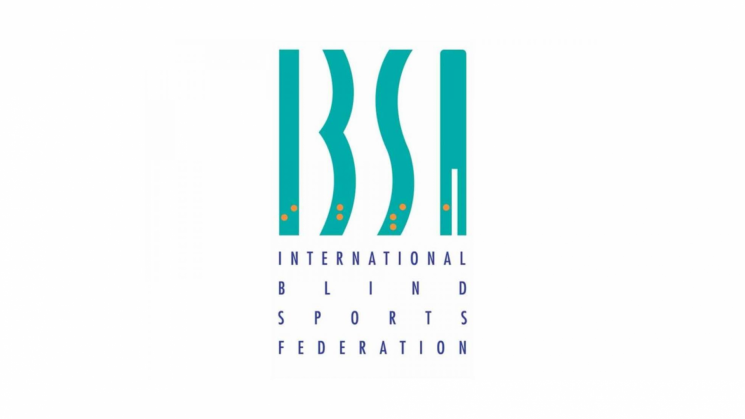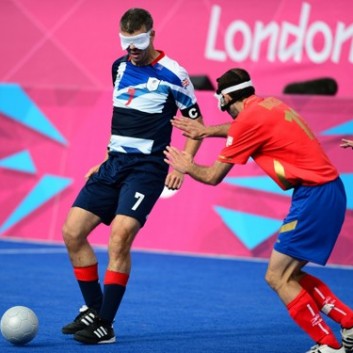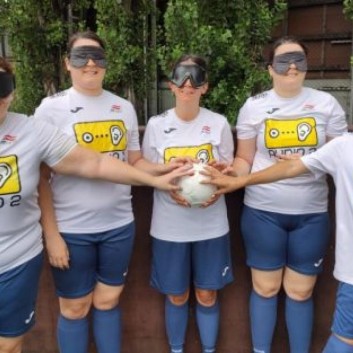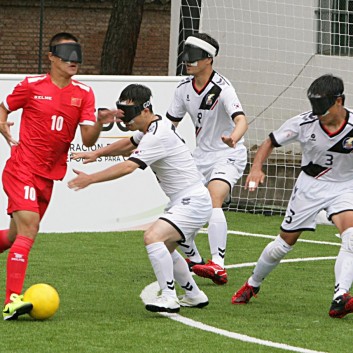What is Blind Football?
Football is exhilarating to watch and is one of the world’s most popular Para sports.
Under the governance and leadership of IBSA the sport is split into two: blind football and partially sighted football.
Blind Football is for players that have severe visual impairments. They are known as ‘B1’ athletes.
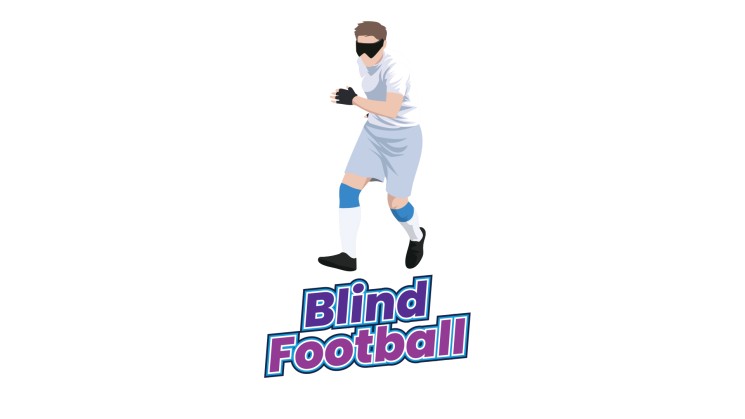
Football for the blind, which started out as a playground game for pupils in special schools for the visually impaired, has now become one of the most popular sports for people with a visual impairment worldwide. Blind football became an official IBSA sports in 1996 when the federation decided to take the game on board. Blind football has become one of the biggest sports on the Paralympic Games programme following its debut at Athens 2004.
International Federation
About IBSA
The International Blind Sports Federation (IBSA) is the international federation governing the sports of Blind Football and Partially Sighted Football.
